Hydraulic Press Maintenance 101
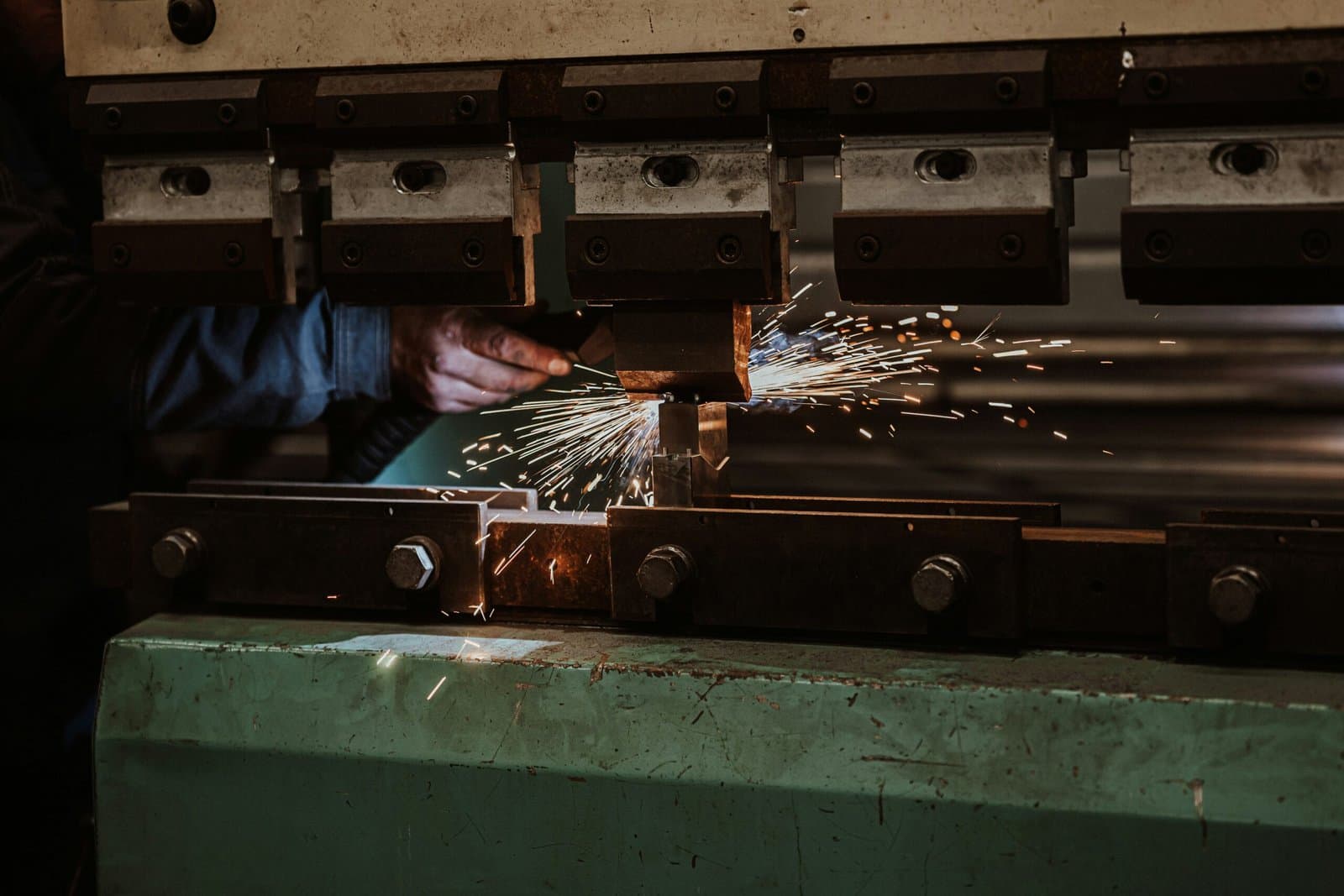
Hydraulic presses are among the most powerful and versatile machines in industrial environments. From metal forming to assembly operations, they deliver immense force with remarkable precision. But this reliability comes with a catch: hydraulic systems depend on clean, properly pressurized fluid. When that fluid escapes, so does safety, productivity, and profitability.
Too often, businesses treat leaks as the first sign of trouble. The truth is, by the time hydraulic fluid is on the floor, the problem has already become costly. Proactive hydraulic press maintenance is the only way to avoid expensive fluid replacement, environmental hazards, and the crushing expense of unplanned downtime.
The Hidden Cost of Hydraulic Leaks
A small hydraulic leak might look like nothing more than a few drops of fluid. In reality, it’s the start of a chain reaction of costs:
-
Fluid Replacement: Hydraulic oil can cost anywhere from $15 to $40 per gallon, and larger presses require hundreds of gallons. A single leaking seal can waste thousands of dollars in lost fluid over time.
-
Environmental Cleanup: Spilled hydraulic fluid isn’t just messy but hazardous. Businesses must follow EPA regulations for spill response and disposal. Cleanup costs, containment supplies, and potential fines can add up quickly.
-
Safety Risks: Slippery surfaces lead to workplace injuries. Pressurized leaks can even inject fluid under the skin, creating medical emergencies.
-
Unplanned Downtime: Every minute a press sits idle, production suffers. In high-volume facilities, downtime costs can range from $5,000 to $25,000 per hour.
In short: waiting for leaks turns a manageable maintenance task into an operational crisis.
Why Preventive Hydraulic Press Maintenance Matters
Hydraulic presses operate under extreme pressure and heavy workloads. Over time, seals wear, hoses degrade, and valves stick. Preventive maintenance helps identify and correct these issues before they escalate into leaks or breakdowns.
Key benefits of proactive hydraulic press maintenance include:
-
Extended Equipment Life – Regular inspections reduce stress on major components, delaying costly replacements.
-
Lower Operating Costs – Preventive maintenance reduces fluid waste, lowers energy consumption, and minimizes emergency repair premiums.
-
Improved Reliability – A well-maintained press runs consistently, supporting predictable production schedules.
-
Regulatory Compliance – Proper fluid management reduces environmental liabilities and ensures compliance with OSHA and EPA standards.
Early Warning Signs of Trouble
Plant managers should train teams to spot signs of hydraulic press problems early, long before leaks appear. Common indicators include:
-
Unusual Noises – Knocking or whining often points to cavitation or pump issues.
-
Slow or Jerky Movement – Indicates internal leakage, contamination, or valve malfunction.
-
Rising Operating Temperatures – Suggests clogged filters, low fluid, or restricted flow.
-
Inconsistent Pressure Readings – Pressure fluctuations can signal worn seals or pump failure.
-
Visible Wear on Hoses and Fittings – Cracks, abrasions, or bulges are precursors to leaks.
Catching these red flags early reduces the risk of catastrophic failures and downtime.
Best Practices for Hydraulic Press Maintenance
An effective maintenance program combines scheduled inspections, diagnostic tools, and proper documentation. Key steps include:
1. Routine Inspections
-
Check seals, hoses, and connections for early wear.
-
Inspect reservoirs for fluid levels and contamination.
-
Verify gauges, pressure relief valves, and safety systems are functioning.
2. Fluid Management
-
Regular Fluid Sampling: Oil analysis detects contamination, water intrusion, or chemical breakdown.
-
Scheduled Fluid Replacement: Replace based on condition, not just time, to maximize performance.
-
Proper Storage: Keep hydraulic fluids sealed and clean to prevent contamination.
3. Filter Maintenance
-
Change filters on a set schedule to prevent blockages.
-
Use differential pressure gauges to monitor filter condition.
4. Calibration and Alignment
-
Ensure cylinders and rams are properly aligned to avoid uneven wear.
-
Test and recalibrate pressure systems for accuracy.
5. Documentation and Tracking
-
Record maintenance activities in a CMMS or logbook.
-
Track recurring issues to identify patterns and root causes.
The ROI of Preventive Maintenance
Many decision-makers hesitate to invest in preventive programs, assuming they’ll cost more. In reality, hydraulic press maintenance almost always pays for itself.
Example Scenario:
-
Cost of proactive maintenance: $15,000 annually
-
Typical downtime event avoided: 8 hours at $10,000/hour = $80,000 saved
-
Additional savings: reduced fluid waste, lower cleanup expenses, longer equipment lifespan
ROI: Over 5x return on investment with just one prevented breakdown.
Why Professional Expertise Matters
Hydraulic systems are complex. While daily inspections can be performed in-house, professional maintenance technicians bring specialized skills and diagnostic tools:
-
Infrared Thermography to detect overheating components.
-
Vibration Analysis to identify pump and motor wear.
-
Fluid Analysis Labs to evaluate oil health.
-
OEM Knowledge for servicing presses across multiple brands and models.
Partnering with experts ensures your presses operate safely and efficiently while minimizing liability and downtime risks.
Conclusion: Don’t Wait for a Leak
Hydraulic presses are invaluable assets but they demand care. Waiting for a leak isn’t just risky, it’s expensive. The combined costs of fluid replacement, environmental cleanup, safety hazards, and unplanned downtime far exceed the investment in preventive hydraulic press maintenance.
For plant managers and decision-makers, the message is clear: proactive maintenance is not an option, it’s a necessity.
Contact APS Industrial Services today to schedule professional hydraulic press maintenance and protect your bottom line.
Newsletter
Don't miss a thing!
Sign up to receive daily news
Recent Posts
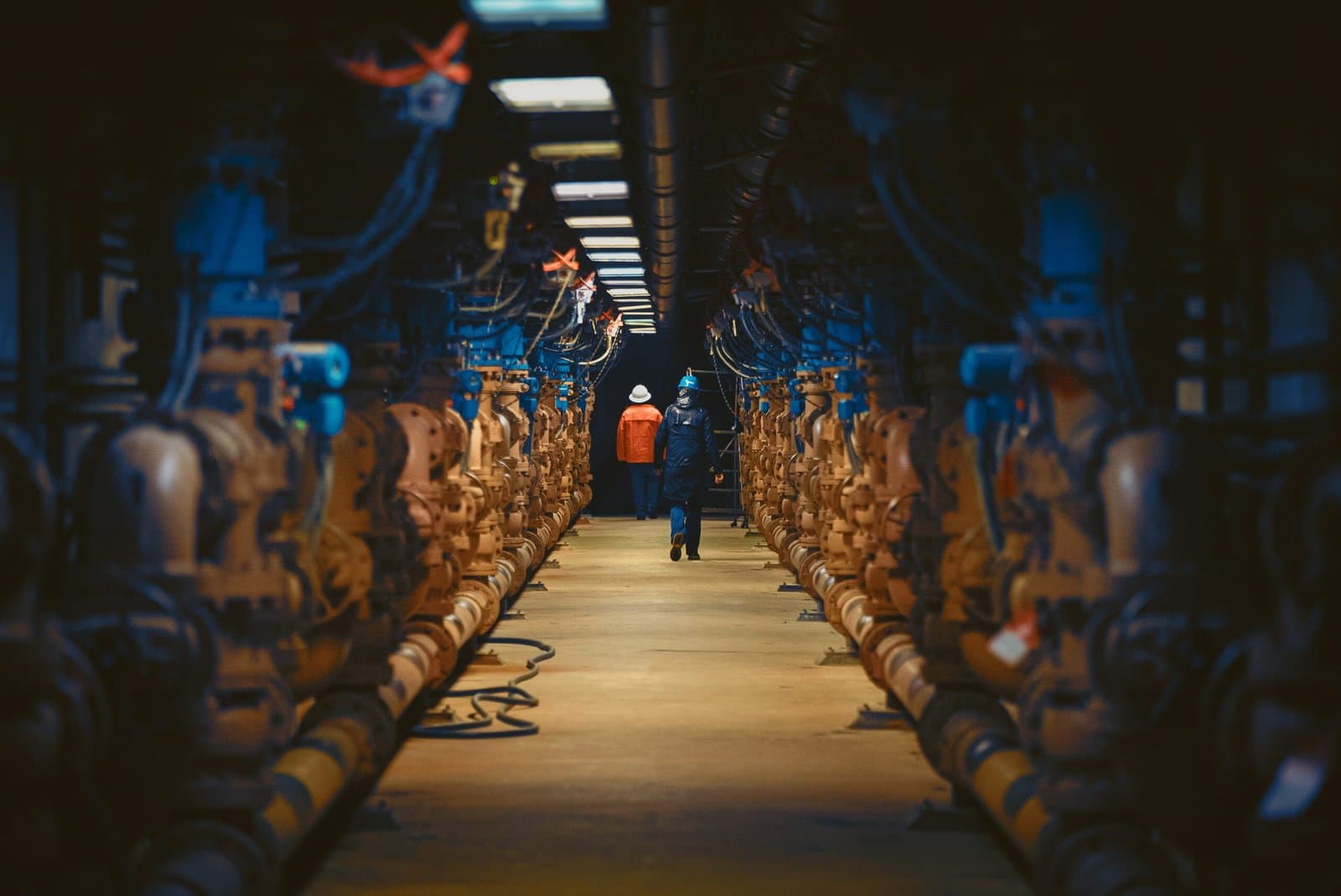
august 30, 2025
Decommissioning a Facility: How to Turn It into a Profitable Venture

august 18, 2025
Rigging Machinery: The Challenge of Moving and Installing Outdated vs. Modern Equipment
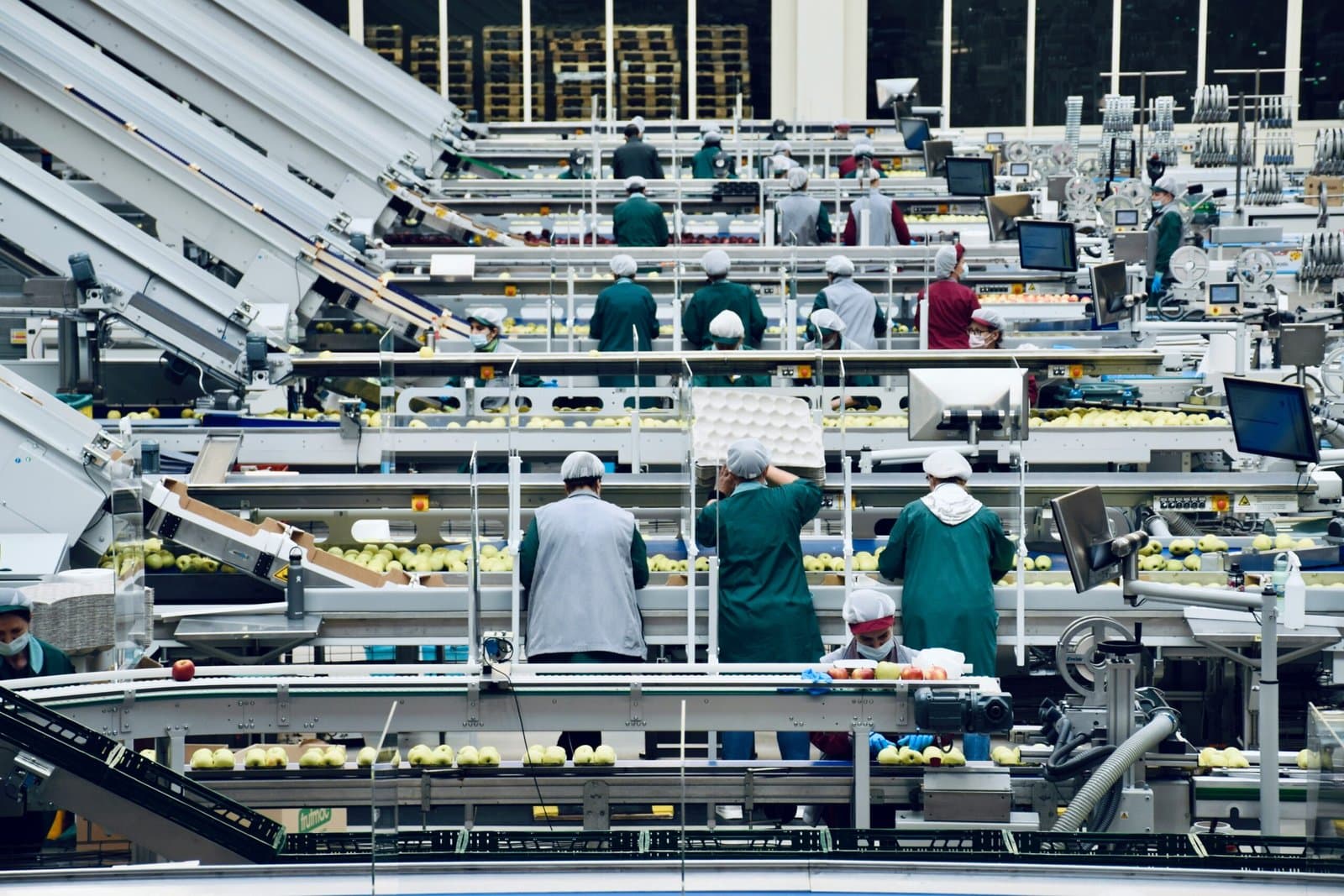
august 16, 2025
Conveyor System Maintenance: 5 Early Warning Signs of Failure
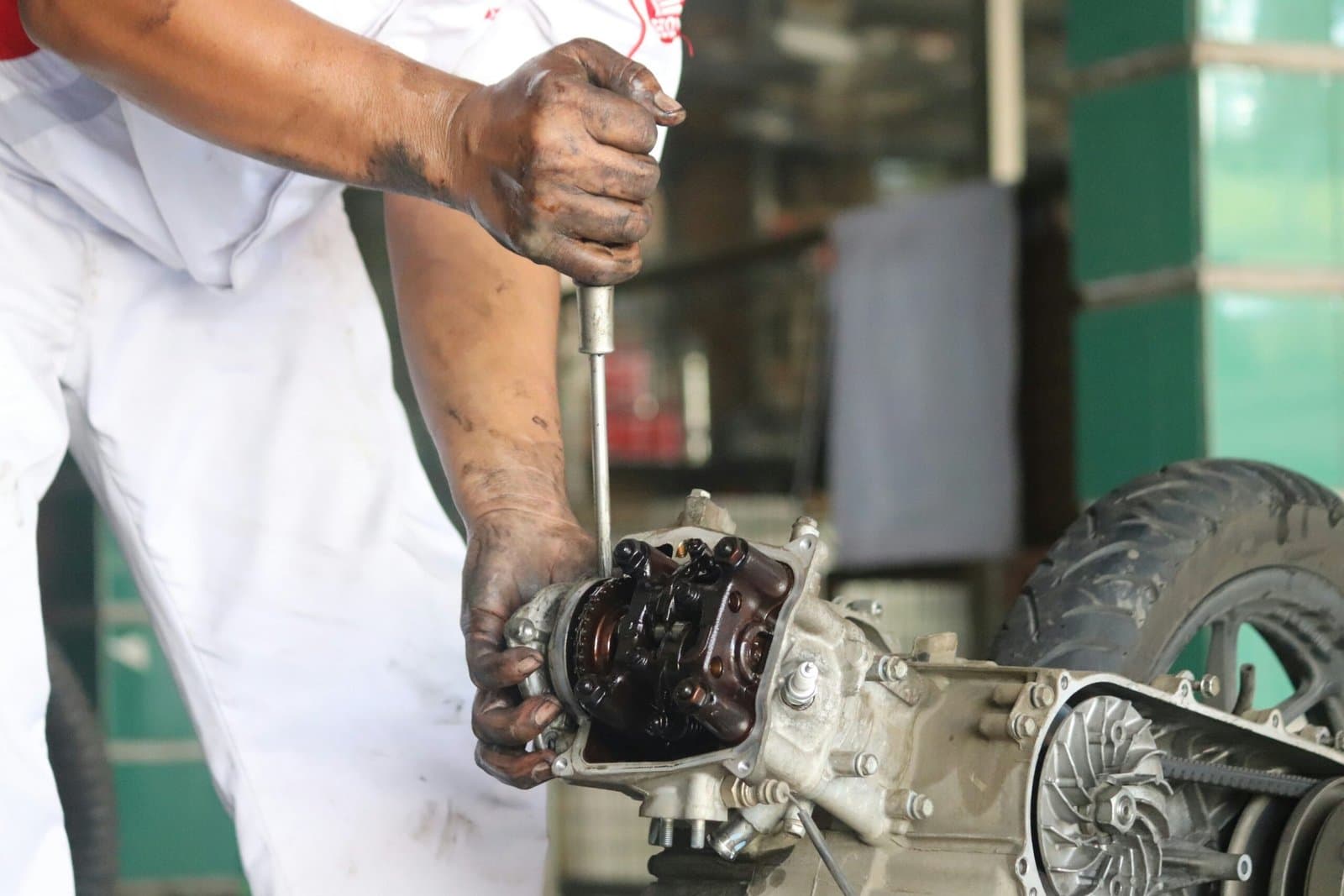
august 14, 2025
Predictive Maintenance: The Smarter Alternative to Costly Reactive Repairs
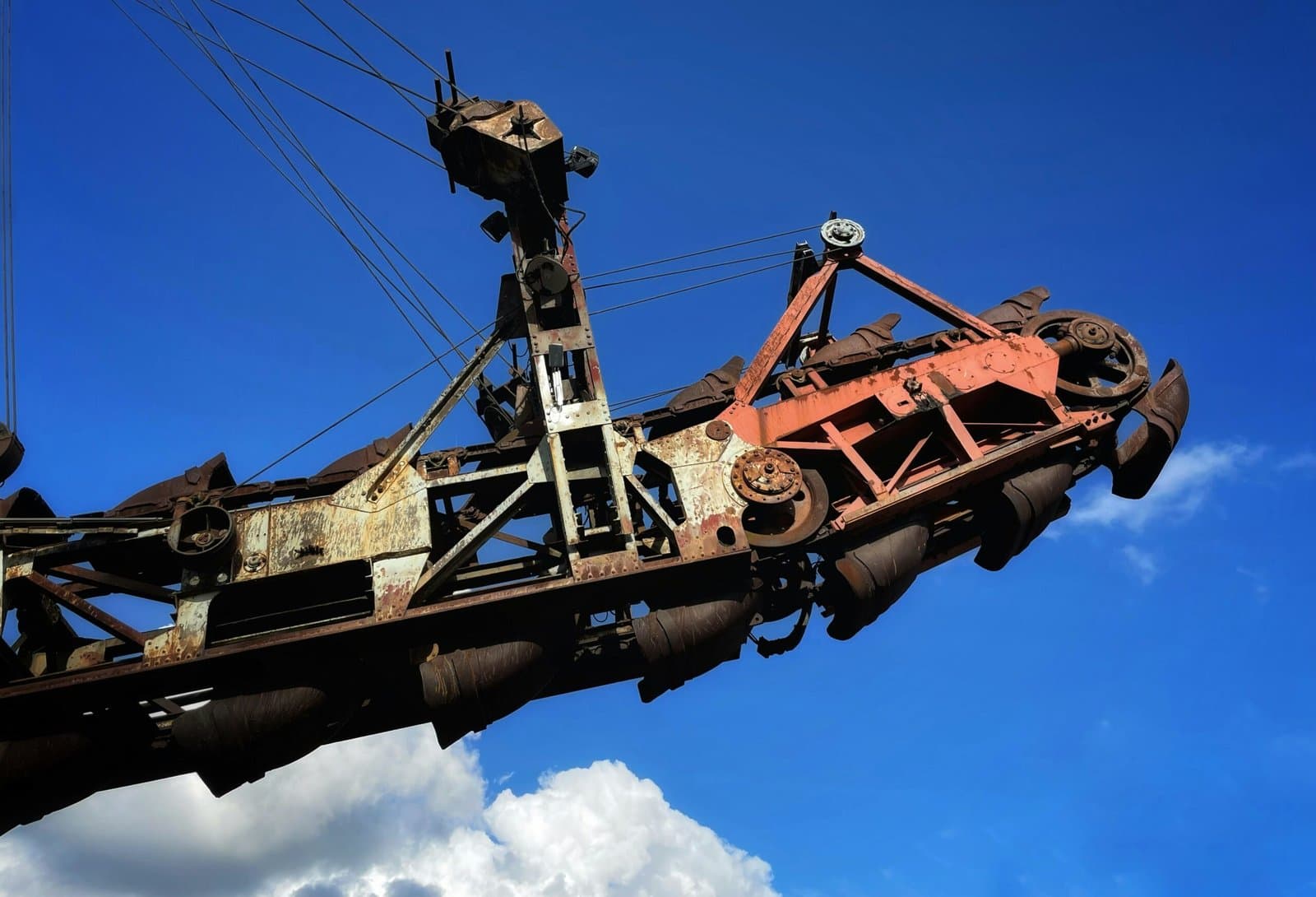
august 11, 2025